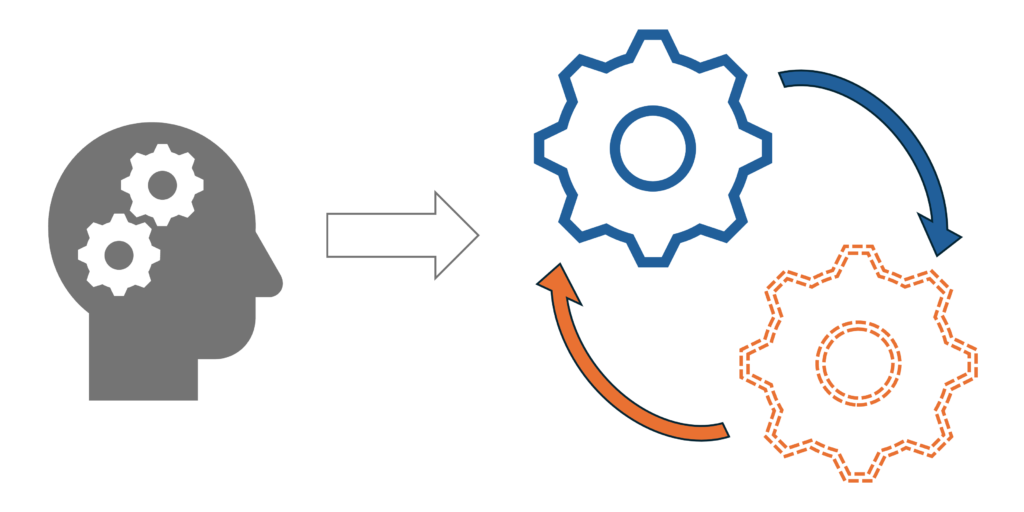From idea to practice: Digital Twin development in a nutshell
Implementing a Digital Twin within an organization or company can be a complex and daunting process, often involving significant changes to existing workflows and business operations. A Digital Twin is not just a technological tool, but a new way of working—one that requires a continuous flow of data and integration with advanced computational models to reflect and simulate real-world systems. For many organizations, this shift raises several challenges: from understanding how to collect and manage the necessary data, to integrating the models into existing infrastructure, and ensuring the technology delivers value.
HydroTwin has developed a structured methodology designed to guide companies through this crucial research phase. The process is tailored to each organization’s unique context, ensuring that the potential of the Digital Twin is fully explored and aligned with the company’s strategic objectives.

An example of a Digial Twin feasibility study project in four phases
To assess the efficacy of employing a digital twin within your organization, a structured methodology comprising four sequential phases has been developed by HydroTwin.
The five basic elements of a digital twin (see also Digital Twins) form the basis for the digital twin designing process. By interviewing potential users following a standardized interviewing technique, a definition is made of the service the digital twin should provide, which data interaction is available, what the level of accuracy of the virtual representation should be, what simulation and analysis tools are available or should be developed and how the digital twin should control the physical object.
Phase 1: User requirements and scenario analysis
Phase 2: Prototype development
To test whether the results from phase 1 give the users the experience they expected, a prototype is developed for a specific use case. This prototype follows all the design steps to build a full scale digital twin (further explained at the bottom of this page), but focusses on one specific element to keep the initial project short. By doing so, the potential of digital twins is thouroghly tested while keeping the budget low and the timespan short.
For the testing phase of the digital twin prototype, several use cases are elaborated upon, wherein a narrative explanation is provided for the potential applications of the digital twin prototype. Subsequently, these use cases are utilized to expound upon the functioning of a full-scale digital twin. Following this, the members of the test panel are tasked with executing various actions using the digital twin prototype, after which they are requested to complete a questionnaire pertaining to their experience.
Phase 3: Testing the prototype
Phase 4: Evaluation of feasibility
The development of the digital twin prototype and test outcomes are supplemented with several feasibility studies, to draw a conclusion regarding the feasibility of a full-scale digital twin. This conclusion is drawn for four aspects: application, technical feasibility, organizational feasibility, and economic feasibility. This feasibility evaluation forms the basis for decision making on full-scale digital twin development. It provides the required input to decide whether to adopt and implement this way of working in the organization or not.
